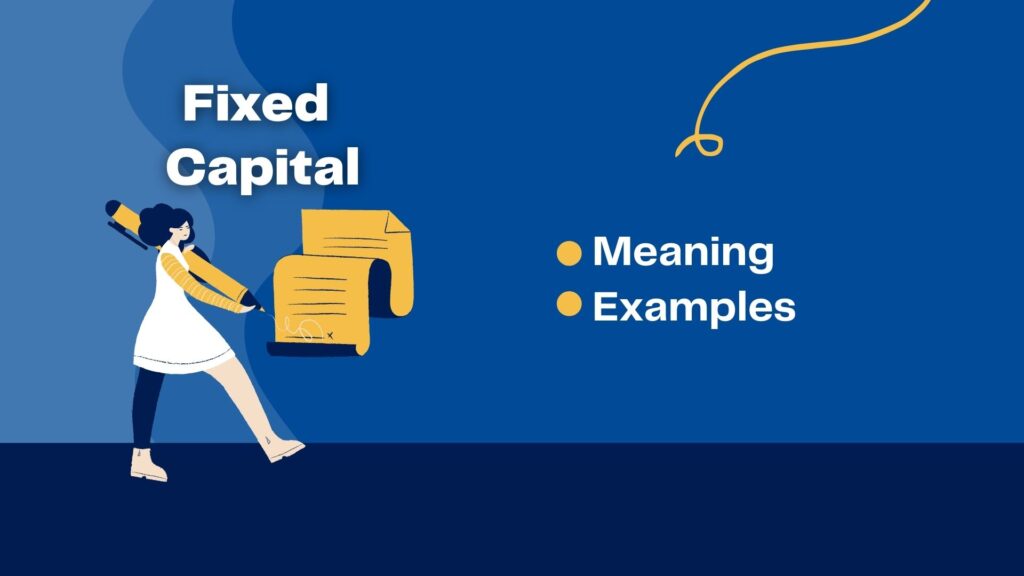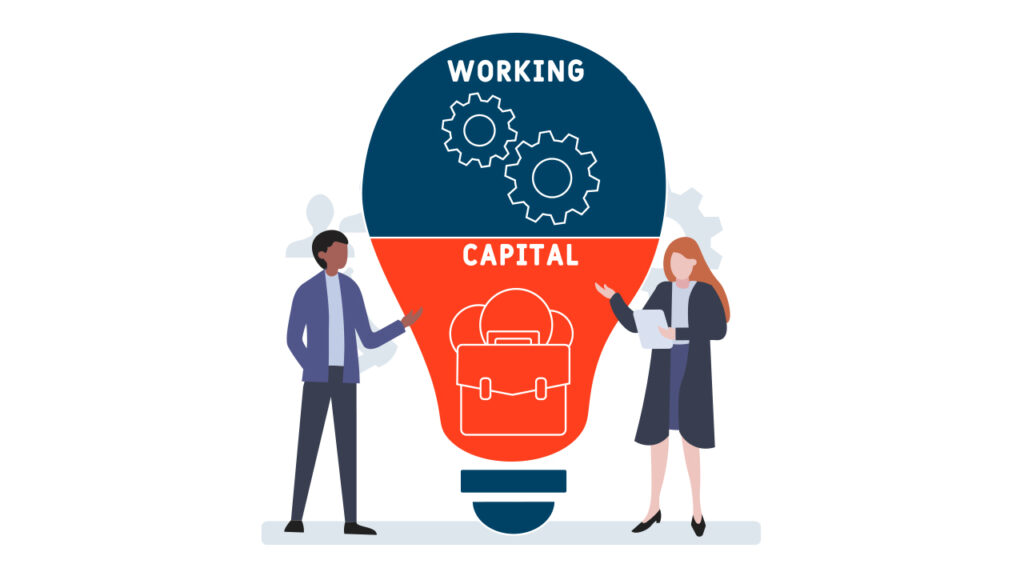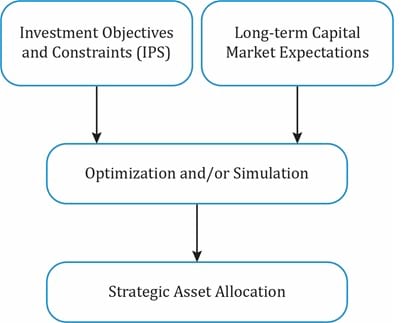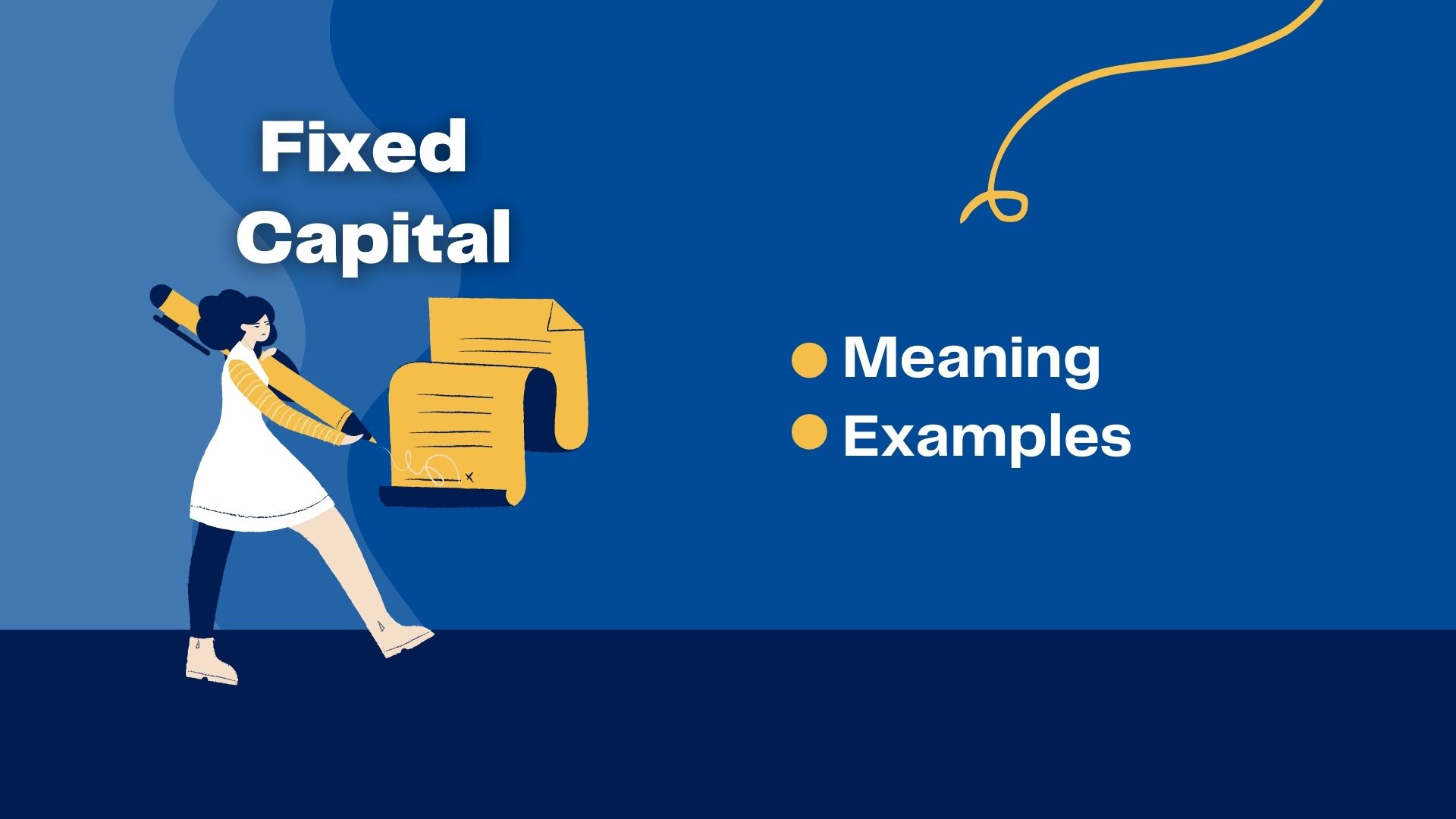Fixed capital is a term that refers to long-term assets utilized by businesses to generate income and facilitate growth. These assets are generally not meant to be sold or converted into cash in the short term; rather, they play a crucial role in sustaining a company’s operations over time. Fixed capital encompasses a range of tangible assets, including buildings, machinery, equipment, and vehicles, that are required for producing goods and services. These assets are considered critical to the productivity and overall success of a business, providing the foundation for expansion, scaling, and long-term sustainability.

Introduction to Fixed Capital
Fixed capital is a fundamental concept in the field of business and finance, referring to the long-term assets that a business uses to produce goods and services. These assets are not intended for immediate sale, but instead are used over extended periods to contribute to the production process. Examples of fixed capital include buildings, machinery, vehicles, and equipment. These assets play a vital role in the ability of a business to produce products, maintain operations, and expand its capacity. Unlike working capital, which is used for day-to-day operations, fixed capital is a long-term investment that supports the overall structure of the business.
What Constitutes Fixed Capital?
Fixed capital consists of tangible assets that are used in the operations of a business over a prolonged period, usually several years. These assets can be classified into two main categories:
Physical Assets: These include machinery, equipment, buildings, and land that are essential for production. For example, in a manufacturing facility, the machinery that produces goods, the factory buildings, and the transport vehicles are all considered part of the fixed capital.
Intangible Assets: In some cases, fixed capital can also include intangible assets that are vital for business operations. These might include patents, licenses, or long-term software programs that enable production and service delivery.
Fixed capital is distinguished from working capital, which is the capital required for short-term operations such as inventory and raw materials.
Also read: How google chrome works

The Importance of Fixed Capital for Business Growth
Fixed capital is integral to the growth and development of businesses. The investment in durable assets allows companies to build the necessary infrastructure for large-scale production, ensuring that they can meet increasing demand for products and services. Without fixed capital, businesses would struggle to expand or even maintain their current level of operations.
Supporting Production Capacity: Fixed capital is critical for businesses to sustain and increase their production capabilities. For instance, an automotive manufacturer needs to invest in assembly lines and factory buildings to produce vehicles. Without such fixed assets, the business cannot grow in scale, thus limiting its ability to meet market demand.
Enhancing Operational Efficiency: Fixed assets like modern machinery or advanced technology allow businesses to streamline their production processes, reduce waste, and increase efficiency. By upgrading fixed capital with more efficient equipment, businesses can produce goods at a lower cost, leading to higher profit margins.
Long-Term Sustainability: Unlike working capital, which is meant for immediate use, fixed capital is a long-term investment that helps businesses build sustainable operational practices. This ensures that the company can survive economic fluctuations and continue operations through varying market conditions.
Types of Fixed Capital
Fixed capital can be broken down into different types, each serving distinct roles in a business’s operations. Some of the common types include:
Land and Buildings: Physical space is often the cornerstone of many businesses. Factories, office buildings, retail locations, and warehouses are all considered fixed capital. These assets provide the foundation for businesses to conduct operations and serve customers.
Machinery and Equipment: Businesses that rely on machinery for manufacturing or processing goods invest heavily in this type of fixed capital. This includes everything from assembly lines to specialized equipment like printing presses, production robots, or food processing machines. These assets enable businesses to produce goods at scale.
Vehicles: Many businesses, especially those in logistics, distribution, and transportation, invest in vehicles as part of their fixed capital. These vehicles help businesses deliver products to customers, transport raw materials, or offer services. For example, a logistics company would invest in trucks and shipping containers as fixed assets.
Intangible Assets: Some businesses invest in intangible assets, such as patents, trademarks, and proprietary software, as part of their fixed capital. These assets can provide competitive advantages, enabling businesses to protect their products, innovate, and differentiate themselves in the marketplace.
Fixed Capital and Business Financing
Investing in fixed capital requires significant financial resources, and businesses often face challenges when trying to finance these investments. Since fixed capital involves long-term investments in physical and intangible assets, it is generally not funded through short-term borrowing or working capital. Businesses typically rely on several different financing options to acquire fixed capital:
Equity financing is the process of obtaining money via the issuance of company shares or ownership holdings. Equity financing reduces ownership and influence over the company even if it has no payback requirements. Nonetheless, this is a good financing option for some companies, especially those seeking long-term funding free from the burden of recurring payments.
Debt Financing: Businesses can fund their fixed capital investments through loans or credit. Although debt financing enables companies to keep their assets, it must be repaid on a regular basis with interest. For instance, a business may borrow money to construct a plant or buy new equipment.
Retained Earnings: Retained earnings are another popular way to finance fixed capital. Retained earnings are profits that a company choose to reinvest in the company rather than pay out as dividends to shareholders. For established companies with consistent cash flow that don’t require outside funding, this approach is very helpful.
Government Grants and Subsidies: In certain sectors, companies can finance fixed capital with the aid of government grants or subsidies. Companies that provide sustainable energy, for instance, can be eligible for subsidies to develop wind turbines or solar panels. These incentives are frequently given to businesses that promote objectives of public policy, such economic development or sustainability.
Depreciation of Fixed Capital
The idea of depreciation is a key component of fixed capital. Depreciation is the term used to describe how an asset’s value gradually declines over time as a result of age, wear and tear, or obsolescence. Depreciation affects the financial worth and accounting of fixed capital since it usually has a lengthy lifespan.
Impact on Financial Statements: A company’s income statement shows depreciation as a cost, which decreases taxable income and, consequently, tax obligations. On the other hand, fixed asset depreciation also lowers the asset’s balance sheet value. Because it gives a more realistic view of the asset’s actual worth, this depreciation is crucial for firms to take into account while managing their assets.
Methods of Depreciation: Companies can depreciate their fixed assets using a variety of techniques, such as decreasing balance depreciation, which speeds up the depreciation expenditure in the earlier years, and straight-line depreciation, which allots an identical amount of depreciation year. The approach taken may have an effect on a company’s tax liabilities and financial reports.
Asset Management and Maintenance: In order to prolong the usable life of their fixed capital, businesses must make sure that it is properly maintained. Frequent maintenance and prompt repairs can slow down the pace of degradation and avoid expensive malfunctions. An asset that is properly cared for will keep working efficiently and help the company succeed in the long run.
Fixed Capital and Risk Management
Although fixed capital is necessary for expansion, there are hazards associated with it. Businesses need to exercise caution when making fixed capital investments since they are often illiquid and entail substantial sums of money. The following are the main hazards connected to fixed capital
Over-Investment: Businesses run the danger of overspending on fixed capital, especially if they haven’t properly estimated their long-term production requirements. For instance, a business may buy more equipment than it need, which would result in underuse and capital waste. Excessive investment can reduce financial reserves and reduce the flexibility of an organization.
Economic Conditions: The use of fixed capital may also be impacted by economic downturns. Businesses may have underused assets that don’t produce the anticipated returns during recessions due to a drop in the demand for goods and services. Profitability may be hampered and the company’s cash flow may be strained.
Technological Obsolescence: Businesses need to carefully assess the danger of their fixed capital becoming outdated due to the speed at which technology is developing. For example, machinery that was considered state-of-the-art a few years ago might not be as efficient or competitive as current innovations. The financial viability of a company may be impacted if this calls for expensive improvements or replacements.
Fixed Capital and Long-Term Business Strategy
For a corporation to succeed over the long run, fixed capital management must be done strategically. A company’s larger strategic objectives should guide the choice to invest in fixed capital. Fixed capital investments must help achieve the goals of expanding production capacity, increasing efficiency, or breaking into new markets.
Capital Budgeting: To assess possible fixed capital investments, businesses frequently employ capital budgeting strategies. This entails evaluating each investment’s anticipated expenses, potential rewards, and risks to see if they fit with the company’s long-term plan. The profitability of these investments is frequently evaluated using metrics like Internal Rate of Return (IRR) and Net Present Value (NPV).
Innovation and Competitiveness: Businesses may gain a competitive edge by investing in innovative machinery and technology. Businesses may save expenses, enhance customer satisfaction, and improve product quality by staying ahead of technology developments. Therefore, a company’s capacity to innovate and hold a competitive position in the market is frequently linked to fixed capital investments.
Sustainability: A lot of companies these days are making sustainability a major part of their fixed capital expenditures. This entails making investments in ecologically friendly industrial techniques, renewable energy sources, and energy-efficient structures. In addition to lowering operating expenses, these expenditures help the company project a socially conscious image, which may improve brand recognition and draw in eco-aware clients.


Conclusion
In conclusion, fixed capital is a crucial aspect of business operations and growth. From machinery and buildings to intangible assets like patents, fixed capital plays a key role in a company’s ability to produce goods, innovate, and expand. The financing, management, and depreciation of these assets require careful planning, as they are long-term investments that significantly impact a company’s financial health and competitiveness. By strategically managing fixed capital, businesses can unlock new growth opportunities and build a sustainable foundation for future success.